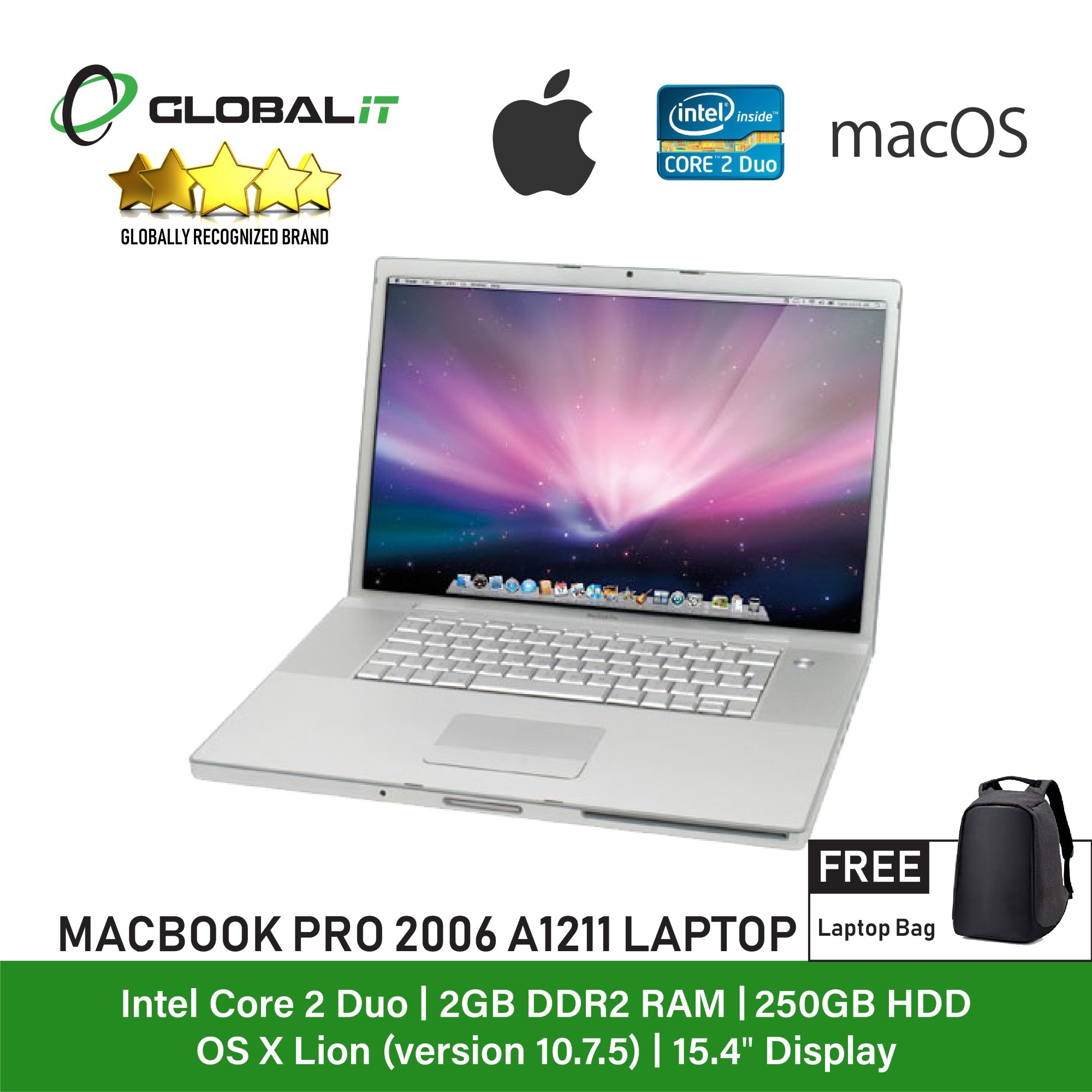

This unique device comes with several ports that allow for expanded functionality with compatible MacBook accessories. If graphics, screen size, and processing speed are important to you, then a 15.4-inch Pro may be the better choice. The extra room also means that most models typically offer more features, with faster processors and powerful graphics processing units (GPUs). Its wider footprint means that it offers a wider display. On the other hand, the 15.4-inch MacBook Pro is a better option if you're looking for a convenient desktop-replacement laptop. If you're constantly on the move and you prefer a lightweight notebook that fits easily into most bags, then the 13-inch version (also known as the MacBook Air) might be an ideal fit.

The 13-inch model weighs less and has a more compact build, which makes it the preferred option for portability. Both options offer several unique benefits that make them better suited to different tasks. The Pro comes in two major sizes: 13 inches and 15 inches. However, to get the most out of your purchase, you'll need to ensure you make the right pick. If you're looking for a notebook for work, a laptop for school, or simply a mobile computer for on-the-go gaming, the MacBook Pro makes a compelling choice. It comes with a native installation of the macOS, and offers multiple ports for connecting accessories and peripherals. Apple offers the Macbook Pro in different sizes and with a variety of features. It's a popular pick among students and professionals because of its speed, sleek design, and reliable performance. Now read the latest iPhone, iPad, and Mac headlines in Forbes’ regular Apple Loop column.The Apple MacBook Pro marks a line of high-end notebooks.

The question now is how long Apple will take to address the bugs and fix it in its own code… and if it will do that before or after the other embarrassing software issues blighting the new ARM-powered MacBook and Mac hardware. That virtual display is then used to drive the physical display.Īnd he notes that his app, although a workaround, uses APIs provided by Apple in macOS, in an app developed on Aple’s Xcode, using Apple’s Swift programming language. BetterDummy creates a virtual display in such a way that macOS triggers the high resolution display modes and removes the UI issues. Tóth hasn’t just diagnosed the problem, he’s programmed a solution. Macs with x86 processors, meanwhile, can enable HiDPI on sub-4K displays as well as allow the user to configure the available resolutions." "Tóth reckons the reason for much of this is that the Arm-based Macs use graphics driver code based on iOS and iPad OS, which do not need to support that many displays – and certainly not any they can't understand.


 0 kommentar(er)
0 kommentar(er)
